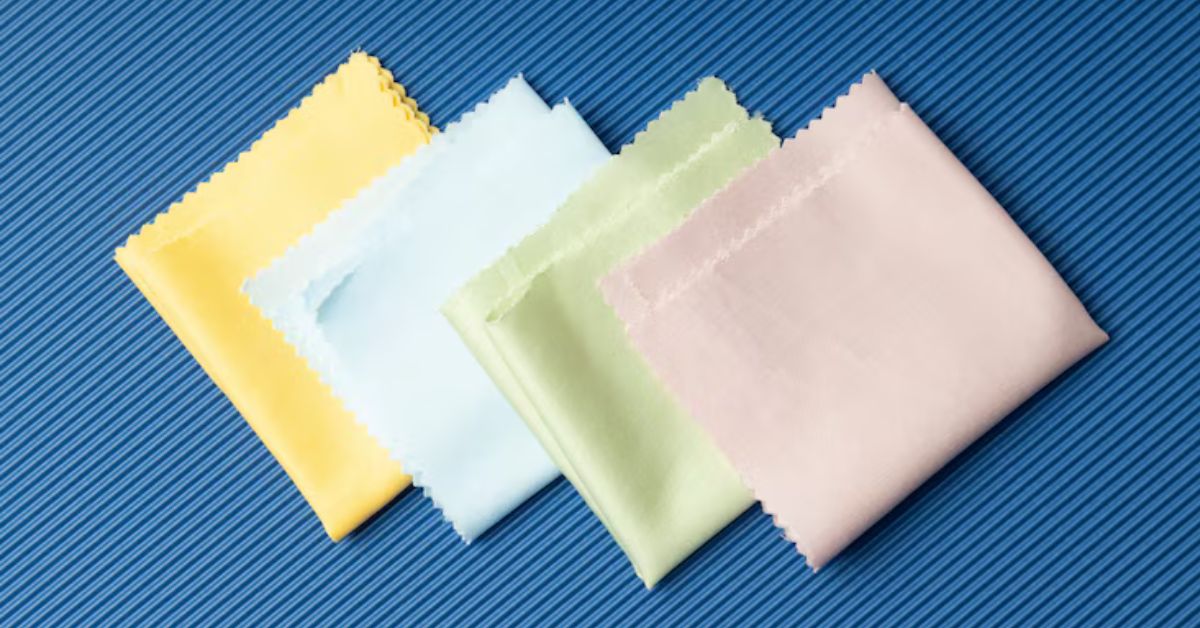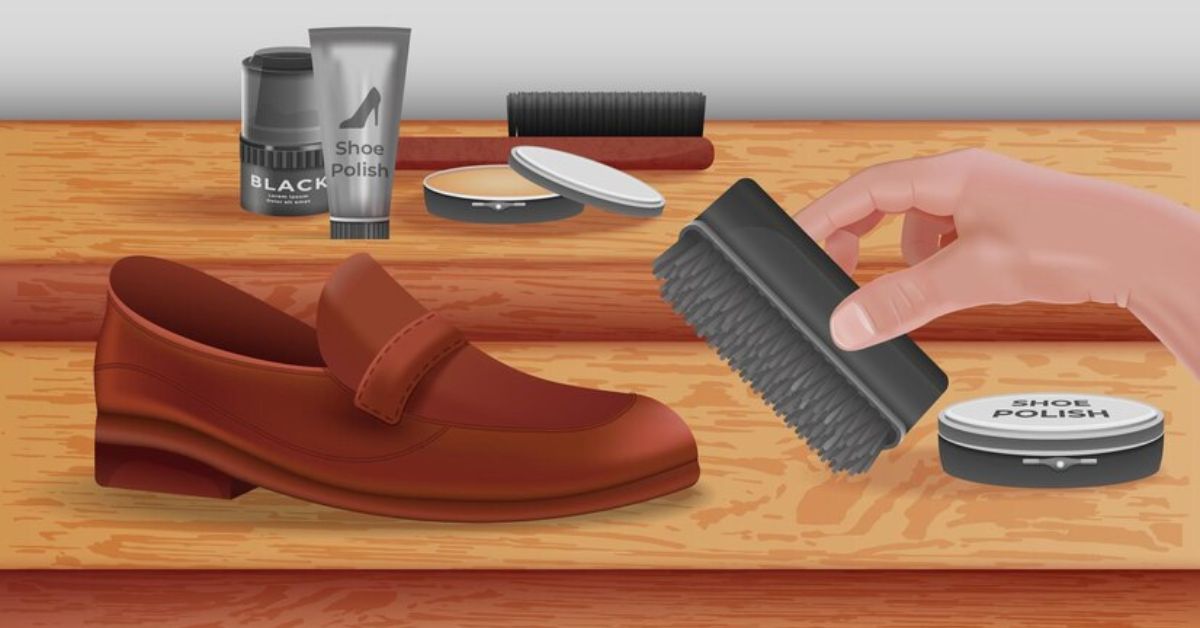Handkerchiefs, often considered an old-fashioned accessory, are far more than just a piece of fabric. Their rich history and multifunctionality make them an indispensable part of daily life for many. Despite being overshadowed by disposable tissues in modern times, the handkerchief has endured as a symbol of elegance, practicality, and even environmental consciousness. In this article, we’ll explore the various aspects of handkerchiefs, from their historical significance to their contemporary uses, and why they deserve a place in your pocket or purse.
The History of Handkerchiefs
The history of handkerchiefs dates back thousands of years. Ancient civilizations, including the Egyptians and Romans, used small pieces of cloth for hygiene and ceremonial purposes. The handkerchief evolved over the centuries, becoming a status symbol in European societies during the Renaissance. In the 17th century, they were often embroidered and made from fine materials, indicating wealth and social standing.
The Evolution of Handkerchiefs
As the handkerchief spread across different cultures, its design and purpose diversified. In the East, handkerchiefs were often given as gifts, symbolizing goodwill and friendship. In Europe, they became an essential part of a gentleman’s wardrobe, often used as a signal in courtship rituals. The introduction of cotton and the Industrial Revolution made handkerchiefs more accessible to the general population, turning them into a commonplace item.
The Role of Handkerchiefs in Fashion
Handkerchiefs have always had a place in fashion. During the 19th and early 20th centuries, they were a staple accessory for both men and women. Men would often carry a plain white or monogrammed handkerchief in their breast pocket, while women might carry a more elaborately decorated one in their handbag. Even today, pocket squares—a stylish variation of the handkerchief—are used by men to add a touch of elegance to their suits.
Handkerchiefs in Modern Times
In contemporary society, the handkerchief has seen a decline in everyday use, largely due to the convenience of disposable tissues. However, it is experiencing a resurgence, particularly among environmentally conscious individuals. Many people are rediscovering the handkerchief as a sustainable alternative to single-use products. This shift is part of a broader trend towards reducing waste and embracing reusable items.
The Environmental Impact of Handkerchiefs
One of the most compelling reasons to use handkerchiefs today is their positive environmental impact. Unlike disposable tissues, which contribute to deforestation and landfill waste, handkerchiefs are reusable and can last for years. By choosing handkerchiefs over disposable options, you can significantly reduce your carbon footprint and contribute to a more sustainable lifestyle.
The Practical Uses of Handkerchiefs
Handkerchiefs are incredibly versatile and can be used in a variety of situations. They are commonly used for personal hygiene, such as wiping the face or hands, but their utility doesn’t stop there. Handkerchiefs can serve as makeshift bandages, napkins, or even as a way to carry small items. Their compact size and portability make them a handy tool in unexpected situations.
Handkerchiefs as a Personal Statement
Carrying a handkerchief can also be a personal statement. It reflects a sense of preparedness, style, and even nostalgia. For some, it’s a link to the past, a way to honor family traditions or a reminder of a simpler time. Others might carry a handkerchief as a symbol of individuality in a world dominated by mass-produced items.
Choosing the Right Handkerchief
When selecting a handkerchief, consider both material and design. Cotton is the most common choice due to its softness and absorbency, but linen and silk are also popular for their durability and luxurious feel. The design can range from plain and practical to colorful and decorative, depending on your personal style and intended use.
Caring for Your Handkerchiefs
Proper care is essential to maintain the longevity of your handkerchiefs. They should be washed regularly, especially after use, to prevent the buildup of bacteria. Most cotton and linen handkerchiefs can be machine washed, but delicate fabrics like silk may require hand washing. Ironing can help maintain their crisp appearance, particularly for pocket squares.
The Handkerchief as a Gift
Handkerchiefs make thoughtful and practical gifts. They can be personalized with monograms, special embroidery, or even custom designs. Giving a handkerchief as a gift can convey a sense of care and consideration, making it a perfect choice for occasions such as weddings, anniversaries, or birthdays.
Handkerchiefs in Popular Culture
Handkerchiefs have made appearances in literature, film, and theater, often symbolizing love, loss, or status. Shakespeare’s “Othello” features a handkerchief as a pivotal plot device, and in many romantic films, a handkerchief is used to wipe away tears. These cultural references have helped to cement the handkerchief’s place in our collective consciousness.
The Revival of Handkerchiefs
In recent years, handkerchiefs have seen a revival, particularly in the fashion world. Designers are reimagining the handkerchief, incorporating modern patterns and materials to appeal to a new generation. This revival is not just about aesthetics; it’s also about embracing the values of sustainability, quality, and tradition.
Handkerchiefs and Hygiene
While some may argue that handkerchiefs are less hygienic than disposable tissues, this largely depends on how they are used and cared for. Regular washing and proper use can ensure that handkerchiefs remain a hygienic option. They can be folded to provide multiple clean surfaces, and with proper care, they can be just as sanitary as their disposable counterparts.
The Future of Handkerchiefs
As more people seek to reduce their environmental impact, the future of handkerchiefs looks promising. They represent a shift towards sustainability and mindful consumption. By choosing handkerchiefs, we can embrace a product that is not only functional but also carries a rich history and cultural significance.
Conclusion
Handkerchiefs may be small, but they carry with them a legacy of tradition, elegance, and practicality. In a world increasingly focused on sustainability, the humble handkerchief offers a simple yet meaningful way to reduce waste and embrace a more thoughtful lifestyle. Whether you carry one for its utility, its style, or its symbolism, the handkerchief remains a timeless essential that deserves to be cherished.
FAQs
Are handkerchiefs more sustainable than disposable tissues?
Yes, handkerchiefs are reusable and can significantly reduce waste compared to disposable tissues.
How often should I wash my handkerchiefs?
It’s best to wash your handkerchief after each use to maintain hygiene.
What materials are best for handkerchiefs?
Cotton is the most common material due to its softness, but linen and silk are also popular.
Can handkerchiefs be used as a fashion accessory?
Absolutely, pocket squares are a stylish variation of handkerchiefs often used in formal wear.
How do I choose the right handkerchief?
Consider the material, design, and your intended use when selecting a handkerchief.












